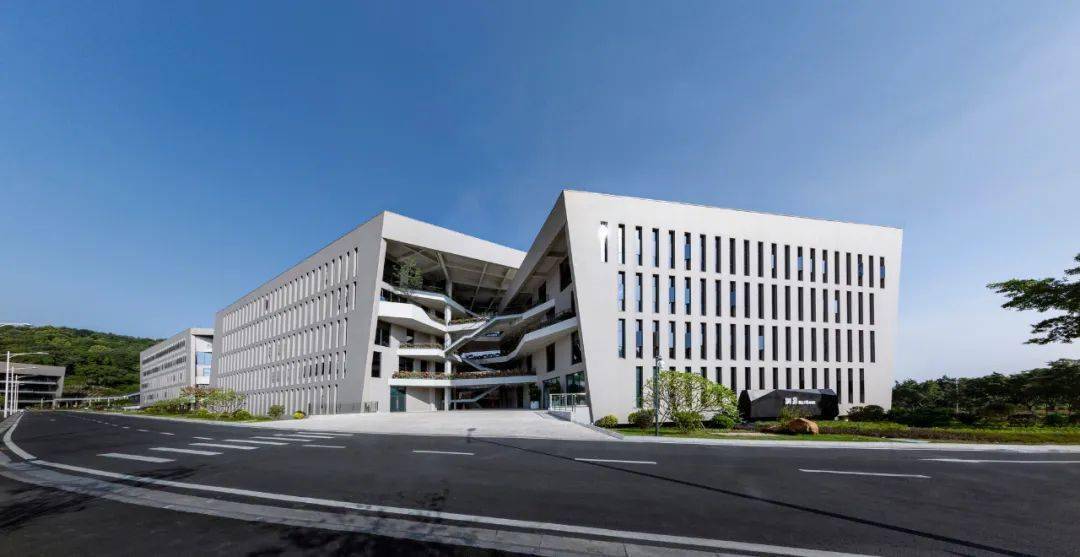
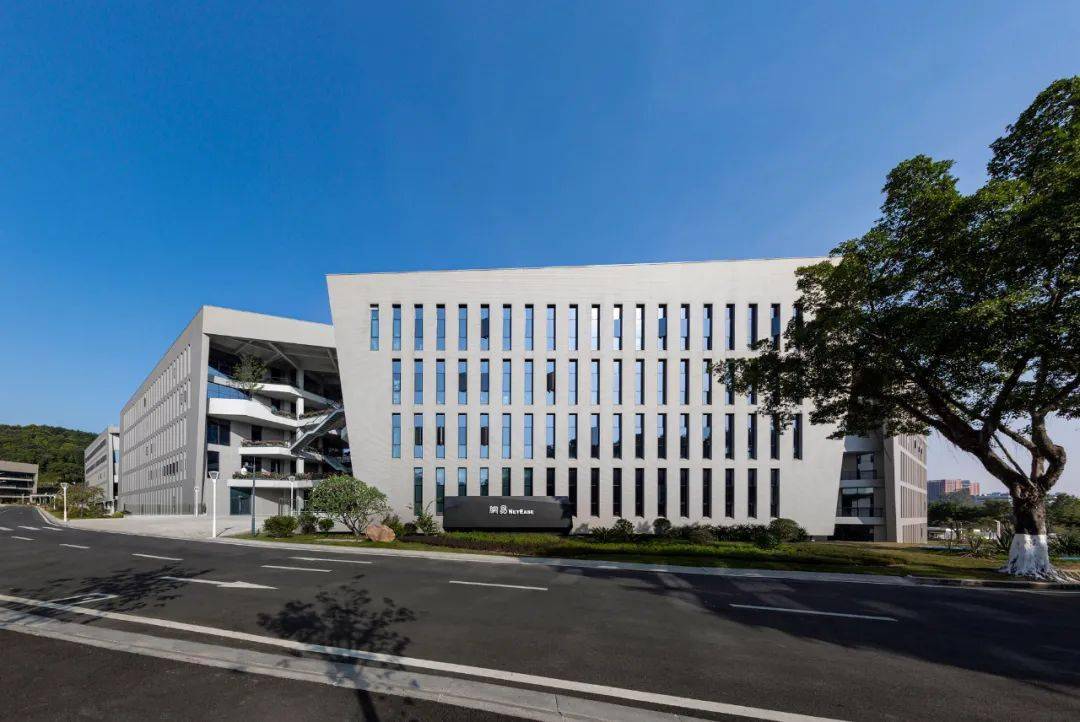
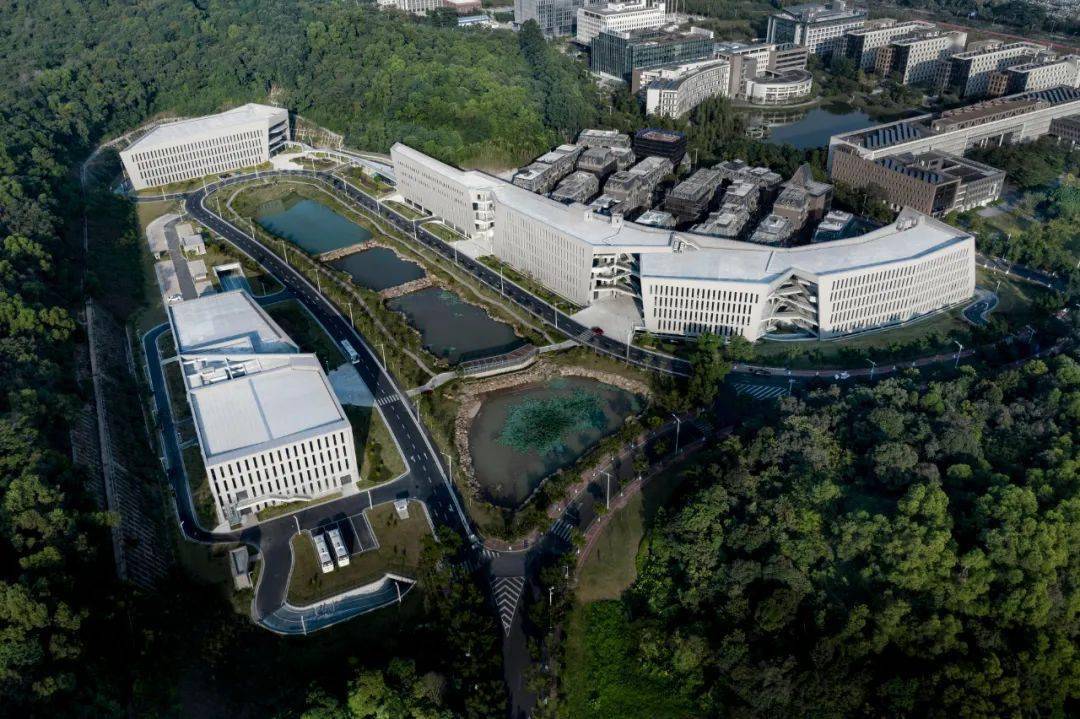
该项目位于广州天河软件园内一个相对独立的丘陵用地,被一个马蹄形山丘包围着,面湖背山,景观优美。地形高差明显,建设用地狭窄,形状不规则且。
建筑高度根据城市设计的要求控制在20米以内,并考虑到周围的丘陵体量。有趣的是,设计团队几年前就参与了这一区域的城市规划设计,并确定了高度限制,而如今成为了富有挑战性的约束条件。
The project sits in a relatively discrete downland in the cul-de-sac of Tianhe Software Park, Guangzhou, hemmed in this horseshoe-shaped massif with a beautiful natural landscape, fronting a lake and set against the hill. Variation in topographic height being significant, the construction land is narrow and irregularly shaped. Building height is set under 20 meters, as required by urban planning, with a respect for circumferential hilly mass. Interestingly, the design team was involved in urban-planning this area years ago and determining the height limit, which now challenges them as an architectural constraint.
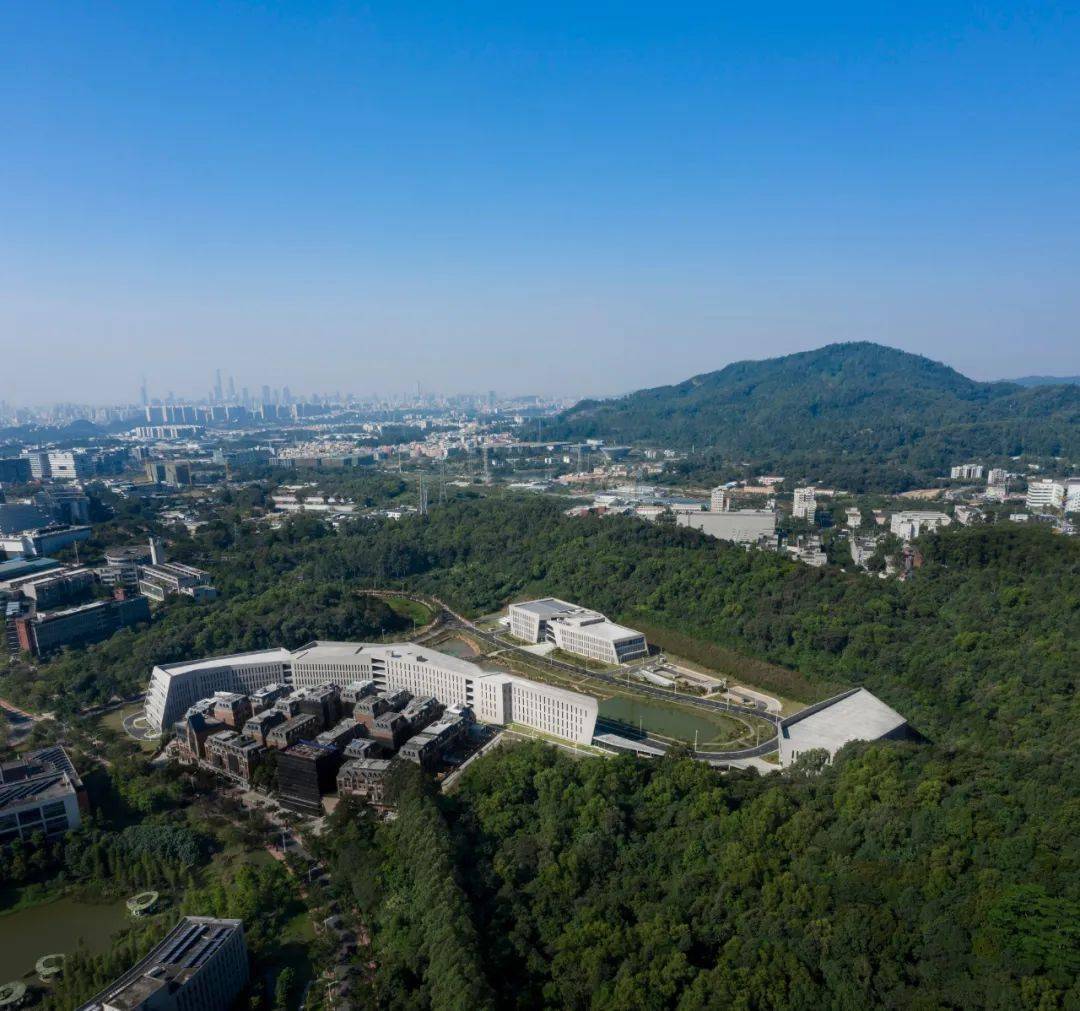
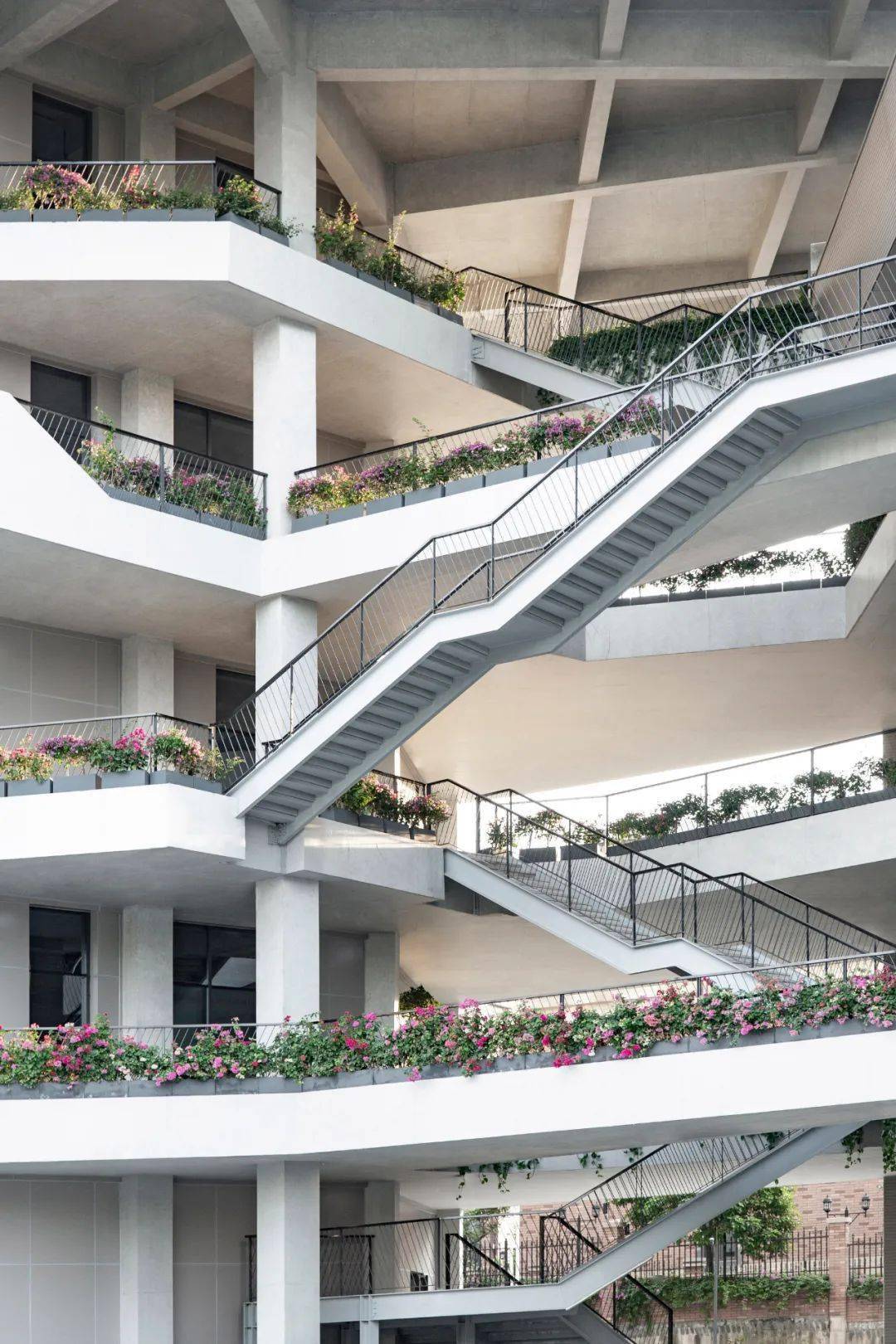

该设计策略符合周围自然环境的特征,将建筑划分为几个方形的功能体量,沿着场地展开,并“镶嵌”在绿色的山体环境中。
不同的建筑通过通透的空间连接在一起,如同铰链般消解用地曲折带来的布局问题,帮助建筑融入到自然环境中。
The design complies with the identity of the surrounding natural environment by dividing the architecture into several square functional masses, spread out along the site and “enchased” in the green hilly setting. Different buildings are connected via see-through interspaces, as if using hinges to resolve the disconnectivity in the topographic tortuousness, helping the architecture blend in the natural environ.
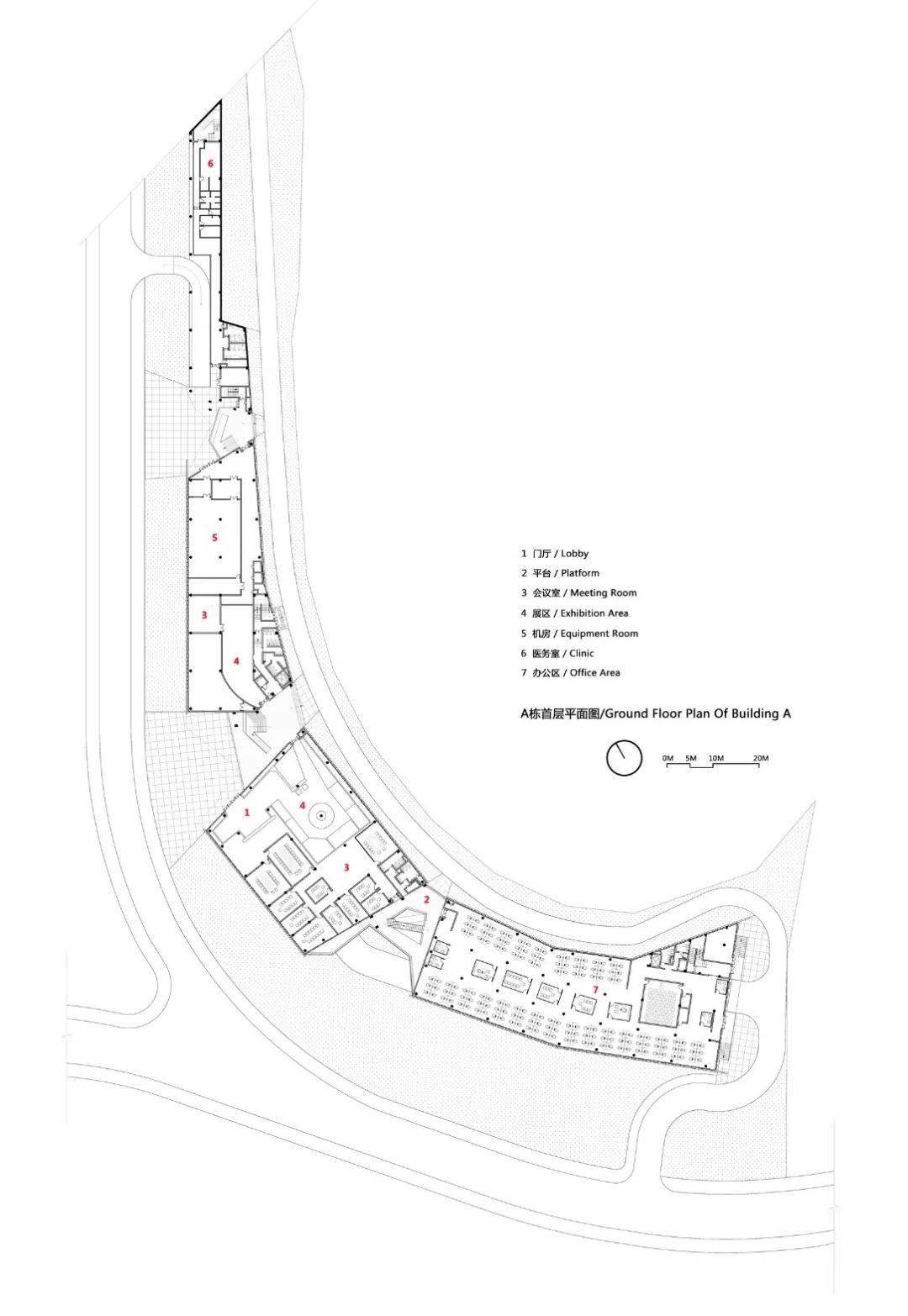
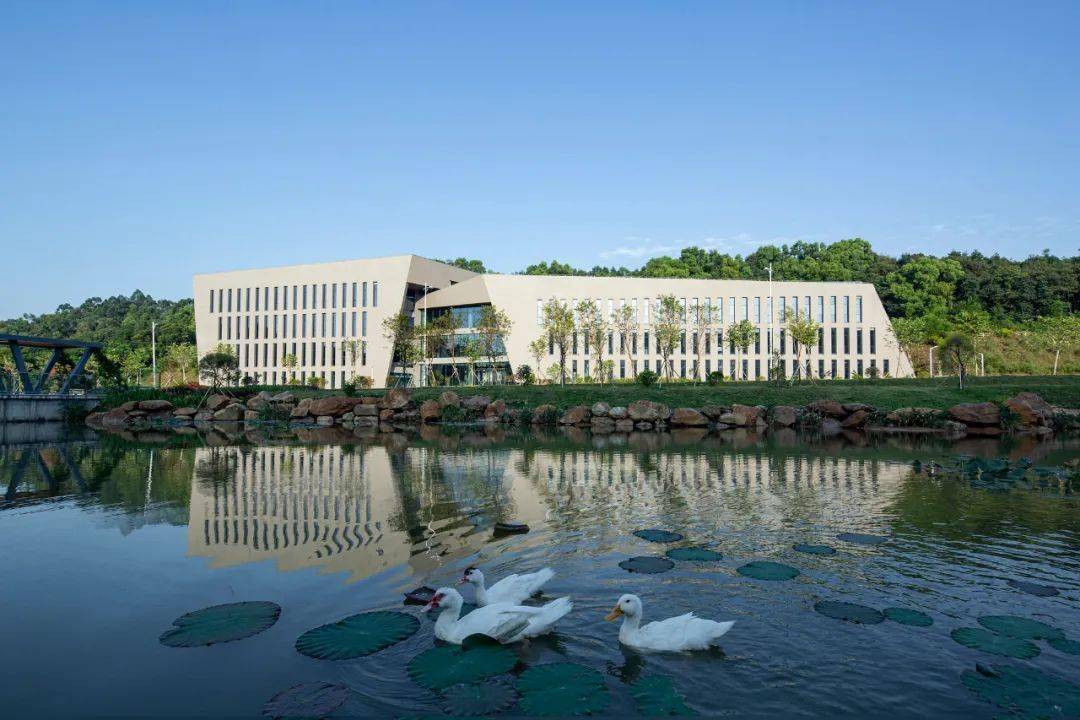
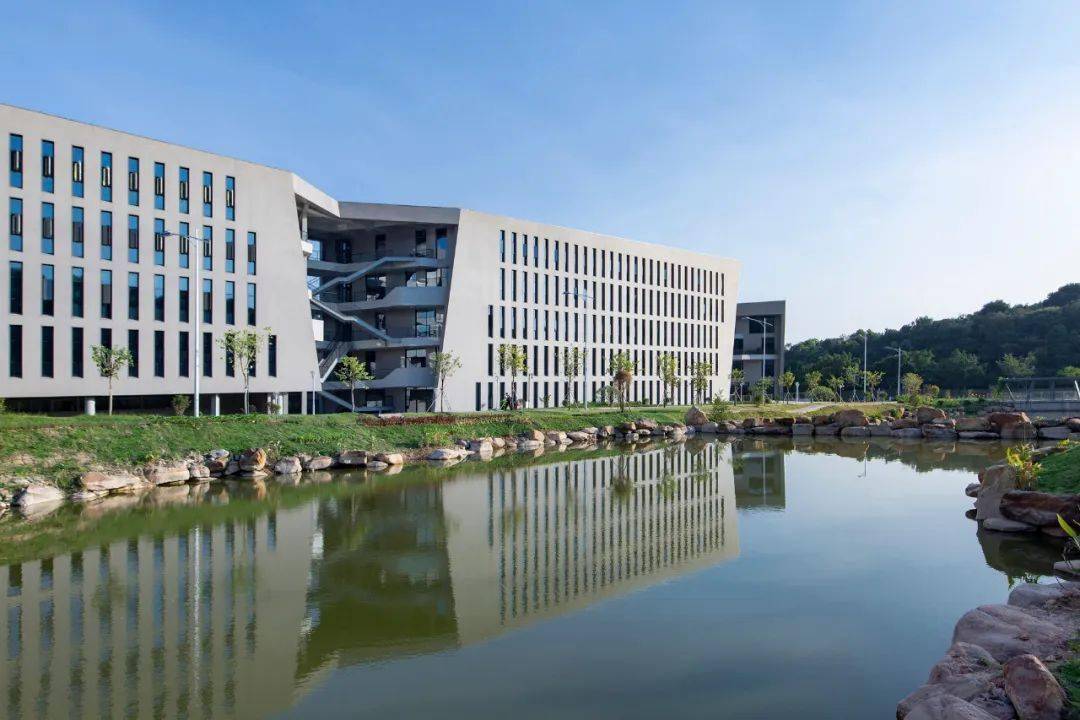
建筑造型设计富于实体感,如巨石般的强烈体量感,与山和湖形成合理的对比,同时提供所需的室内照明。
The architectural style exudes a highlighted physical presence, where an accentuated volume, akin to a boulder, contrasts comfortably with the hill and lake, while offering the desired indoor lighting.
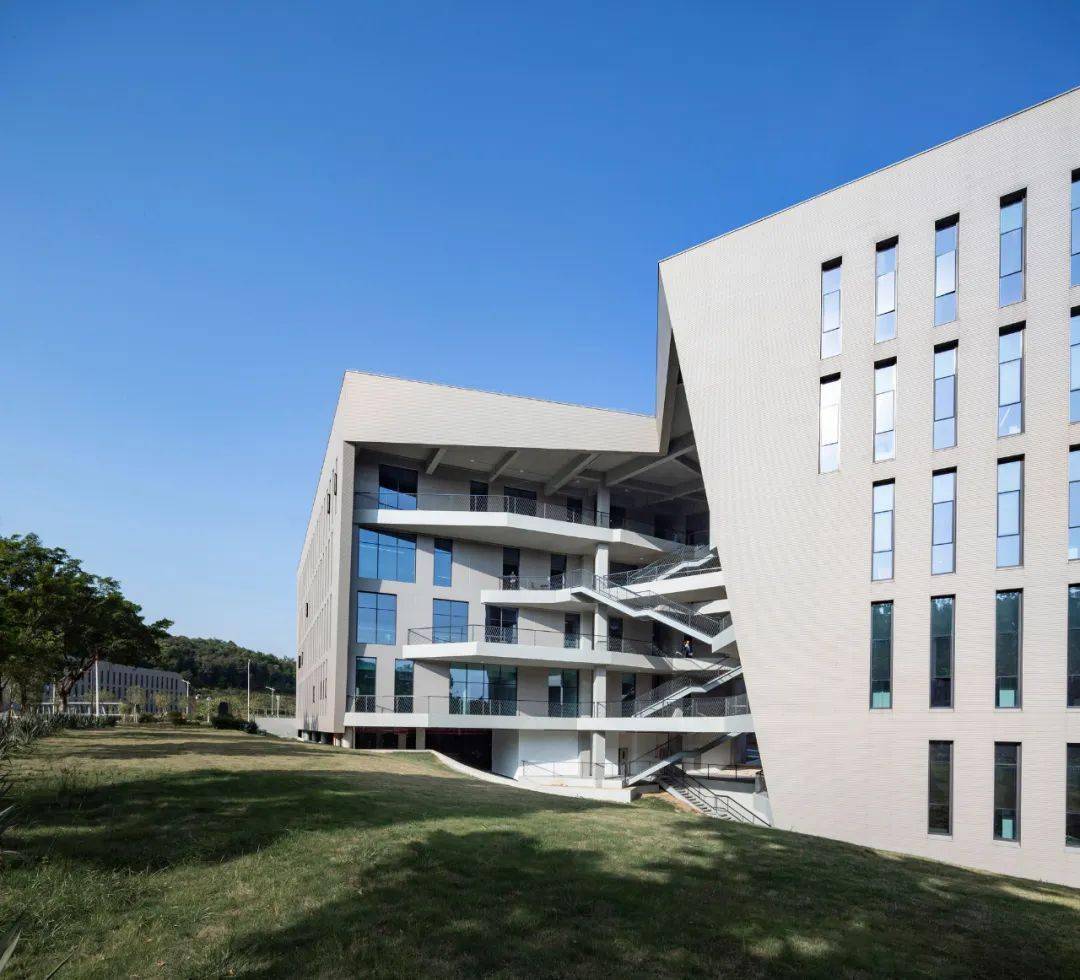
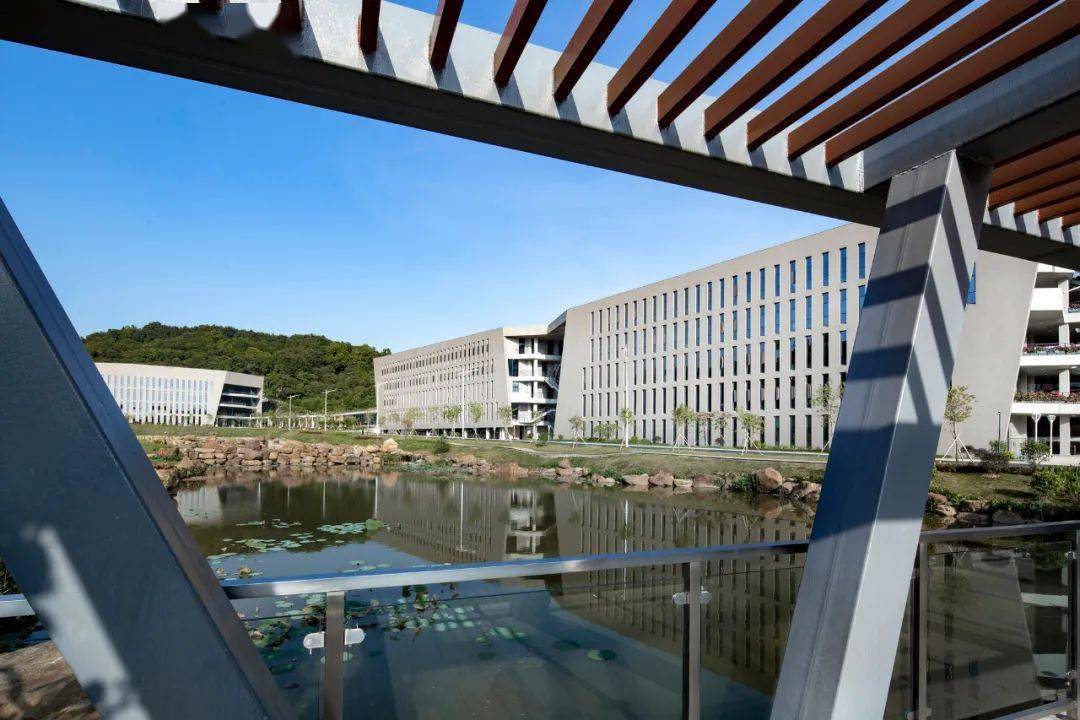

建筑连接被设计成“服务性”功能,包括入口、卫生间、交通枢纽和外部楼梯,这些都是使用者必经的空间。采用“立体园林”的方式,通过引入阳光、绿化和景观体验,营造出愉悦的公共空间。
The building connections are designed as “service” portals, ranging from entrances, restrooms, transport hubs and external staircases, the must-have passages for dwellers. An “all-dimensional garden” approach is adopted, enabling a cheerful public space by introducing sunlight, greenery and expansive landscape in line of sight.
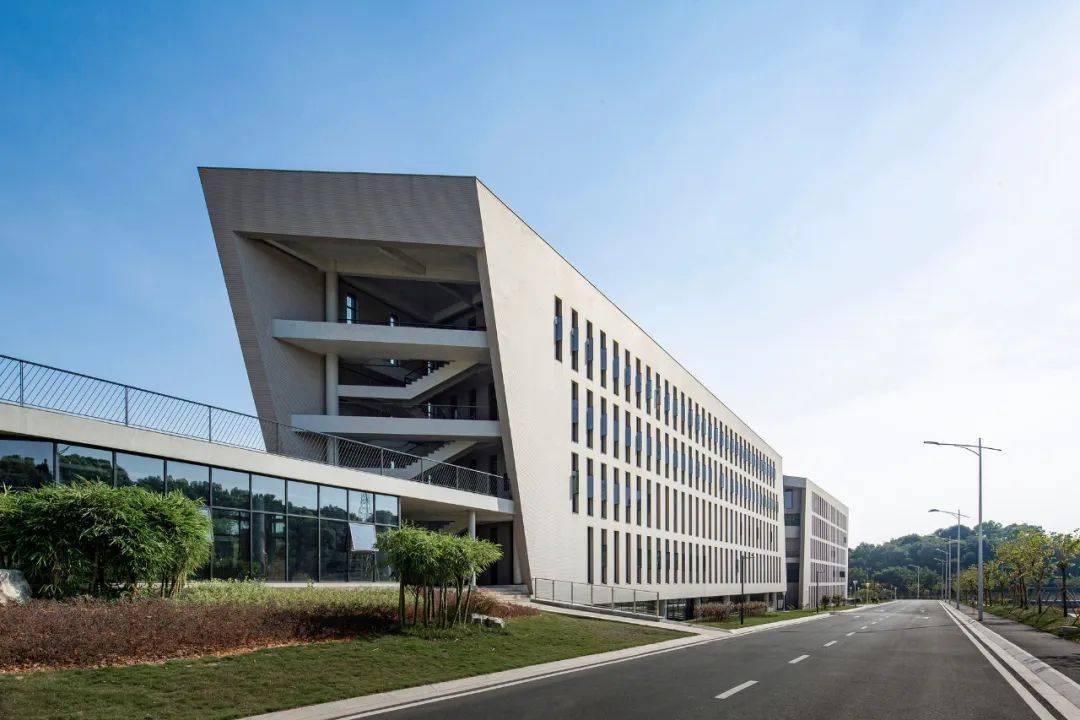
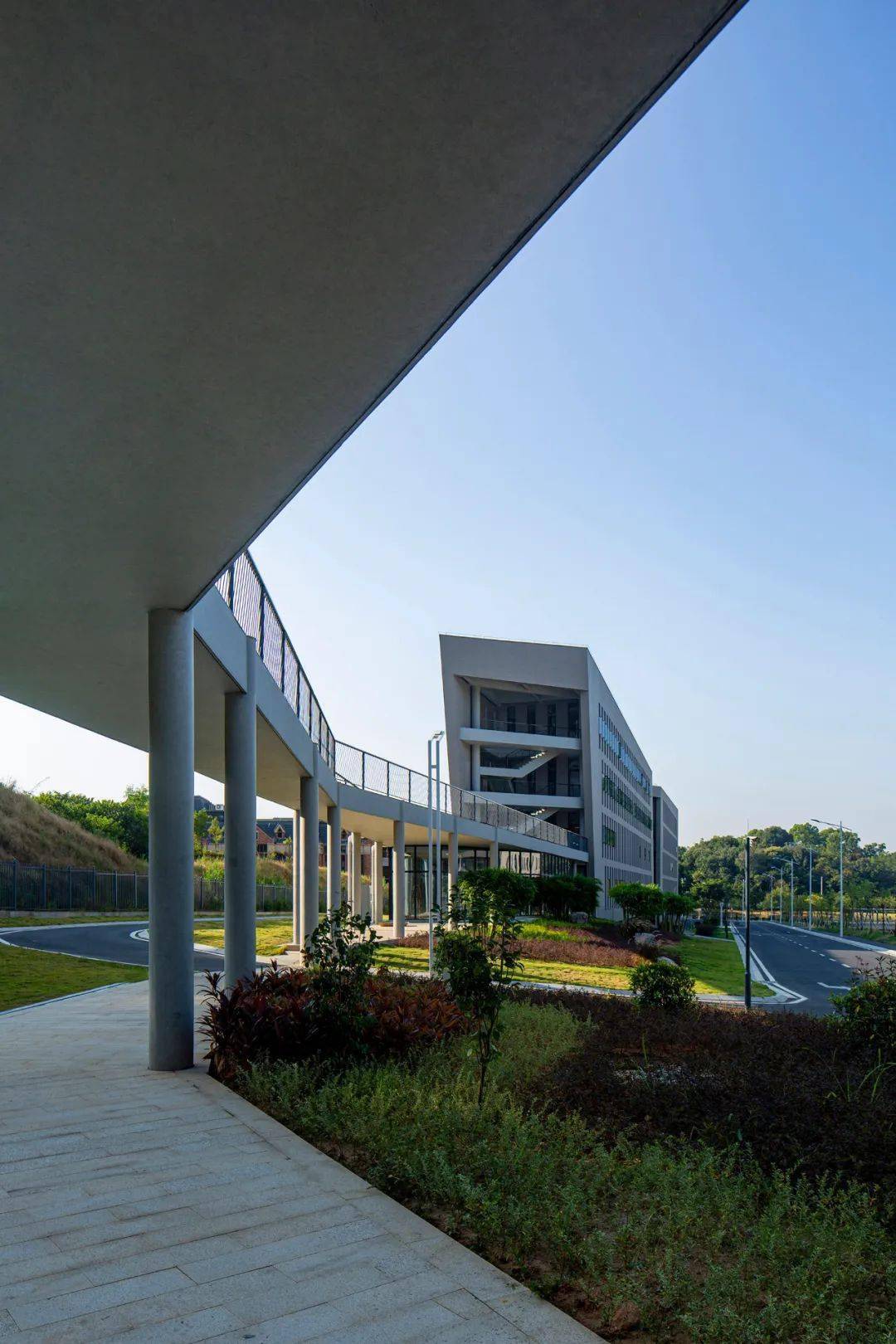
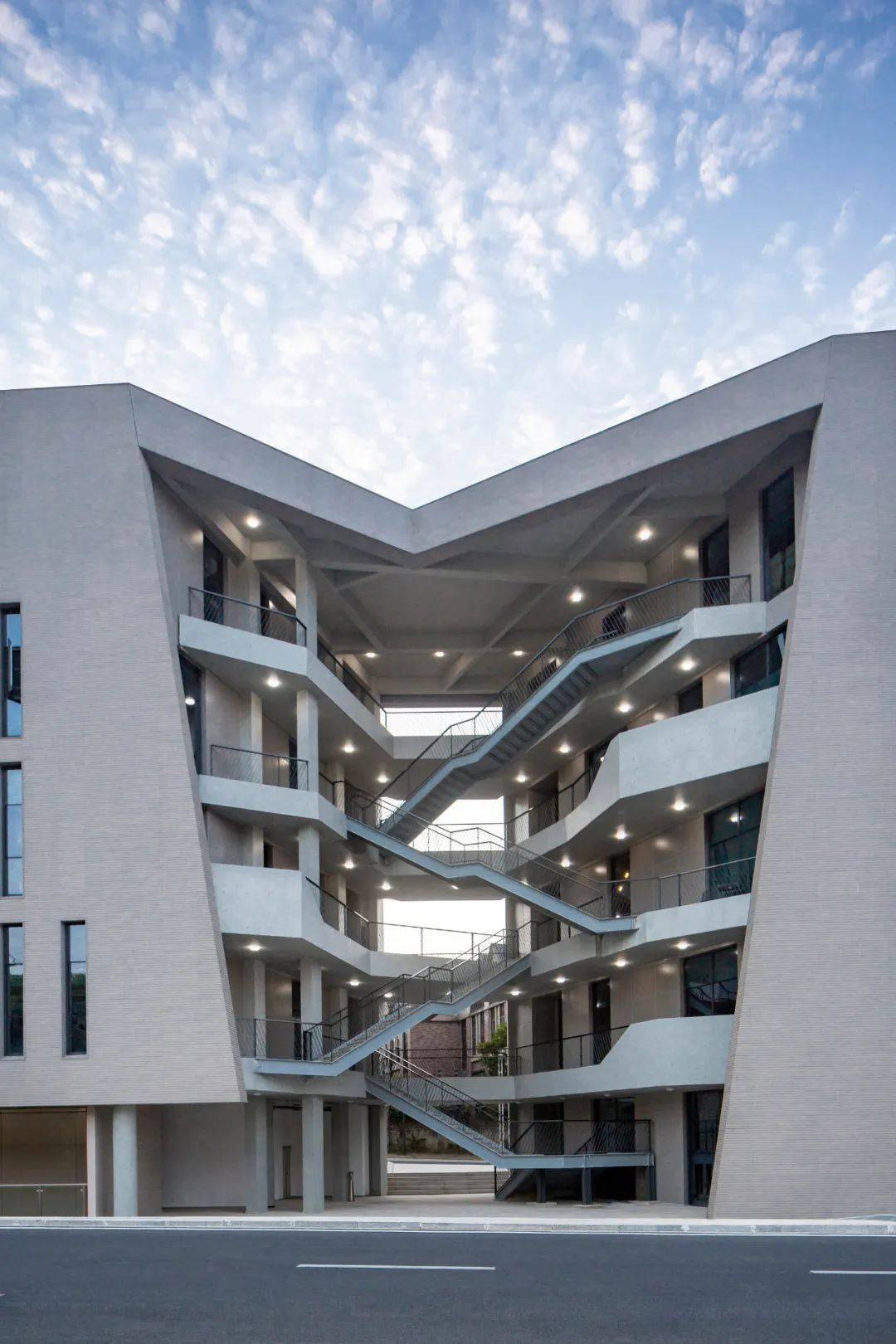
两坐主要的办公建筑沿场地的东侧和北侧布置,由一楼的自助餐厅连接。员工餐厅和健身房在西侧,而从中央湖到办公楼的通道是一座有顶棚的廊桥。
这种设计鼓励IT工作者避免久坐不动的工作状态,而在休息、用餐或锻炼时,步行走过开放的露台、楼梯和廊桥,享受优质的环境。
Two main office buildings are placed along the east and north of the site, connected by the ground-floor cafeteria. Staff canteen and gym can be found on the west, while access to the office buildings from the central lake is realized by a covered bridge. This design encourages IT workers to refrain from sedentary work and instead, during recess, dining or workout, walk through the open terraces, staircases and covered bridge and savor the gardenly ambience.

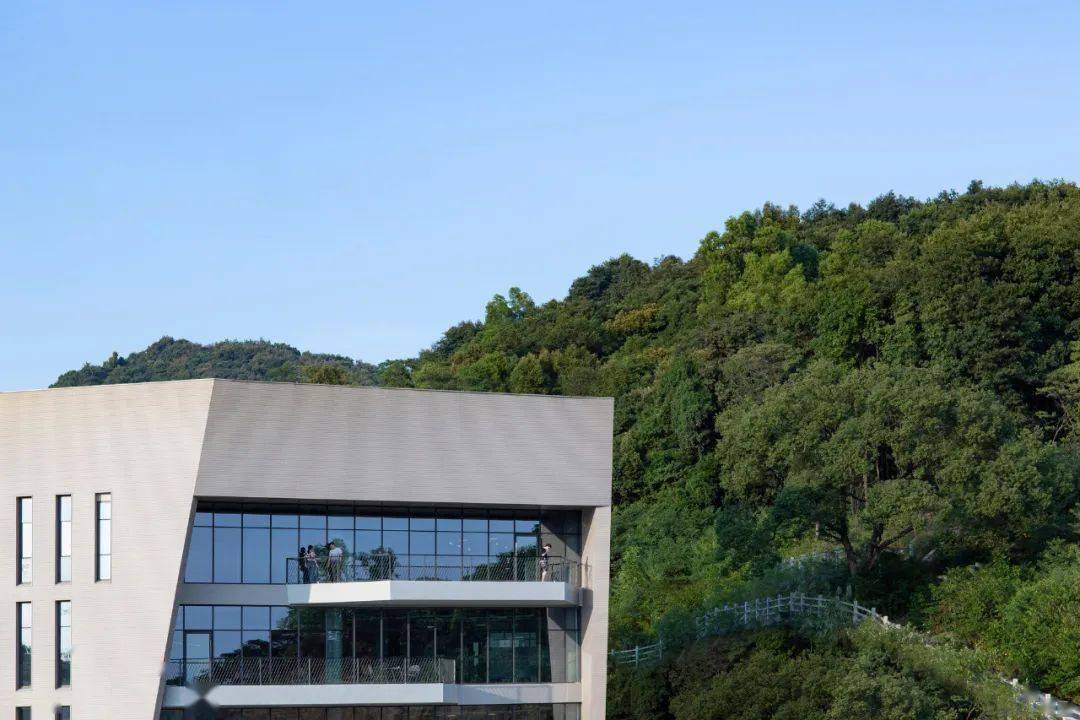
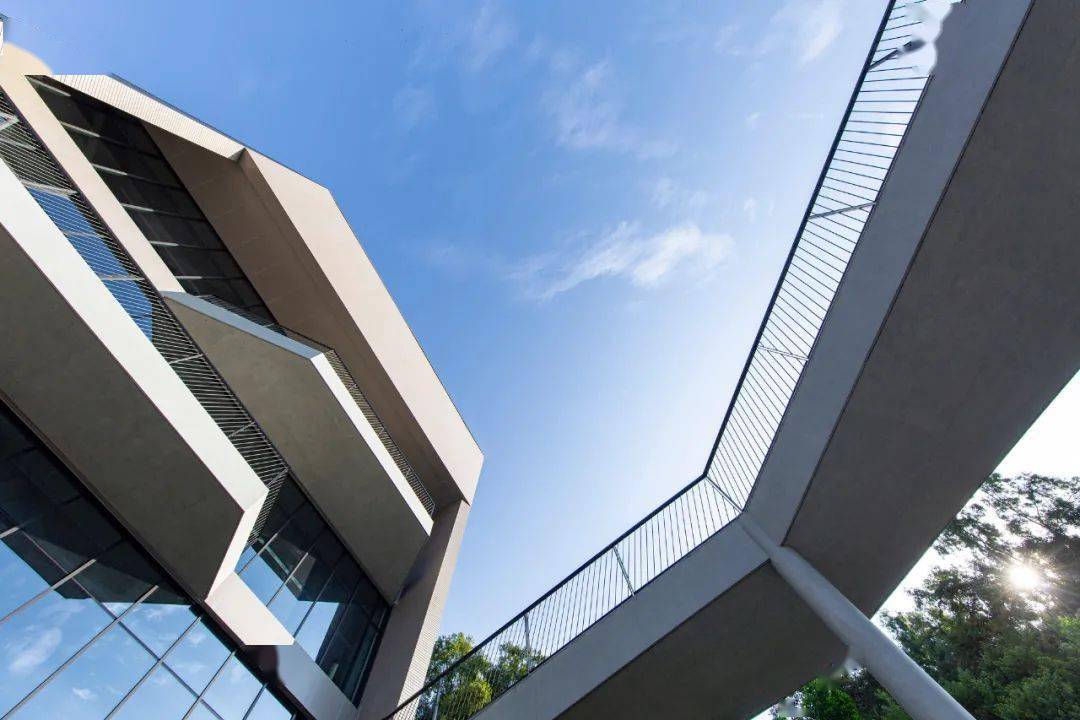
内部空间采用了粗犷的处理方式,柱体、梁、天花为素混凝土面,机电系统在天花下灵活布置,封闭的空间,如会议室,作为独立的盒体被植入,充分考虑了办公空间的灵活性以应对发展变化。
Interior space is managed with a rugged stroke, with unadorned, concrete-only columns, beams and ceilings, giving a free rein to the electromechanical system in its layout. Closed spaces, like conference rooms, are implanted as standalone boxes, a measure of adaptive readiness with spatial flexibility.
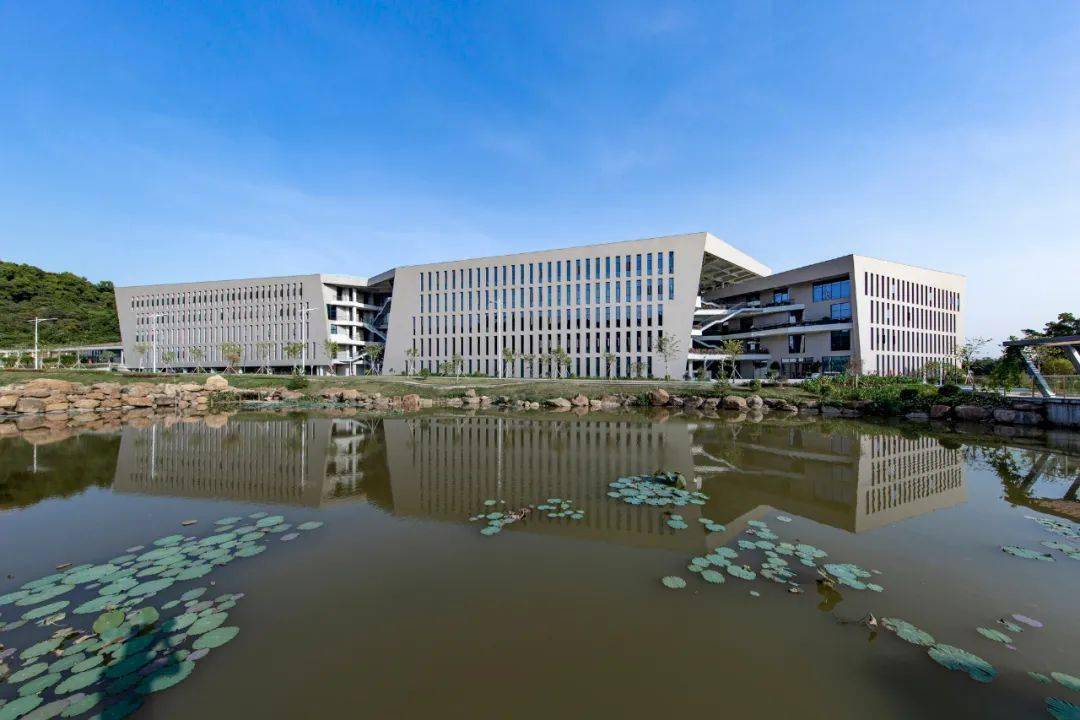
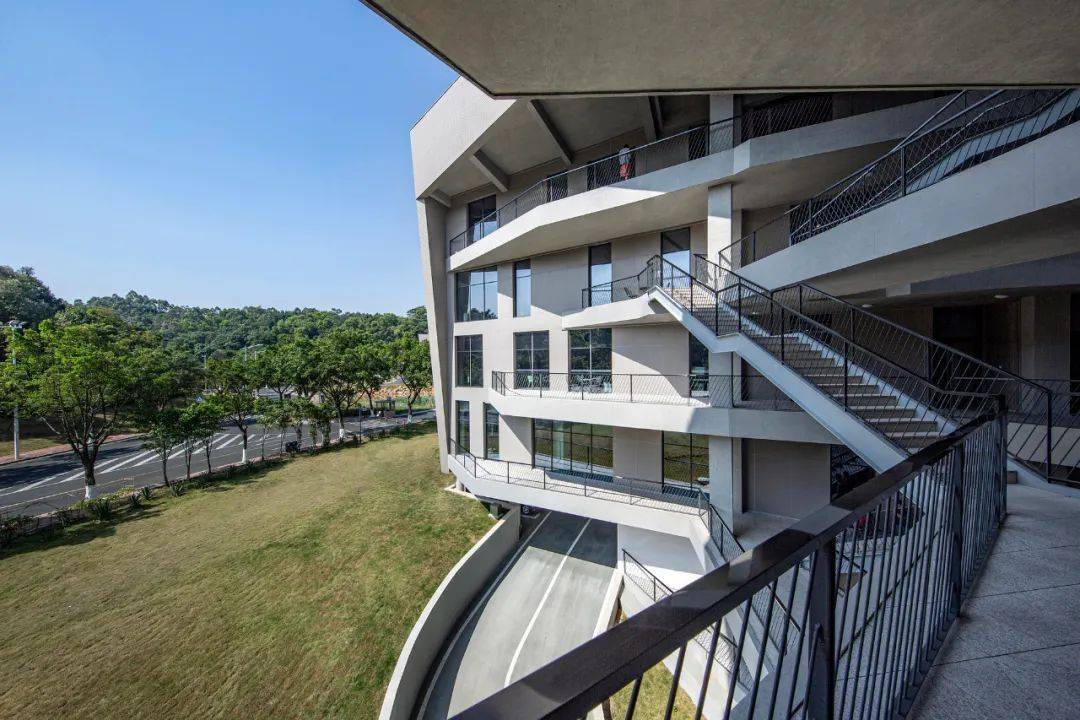
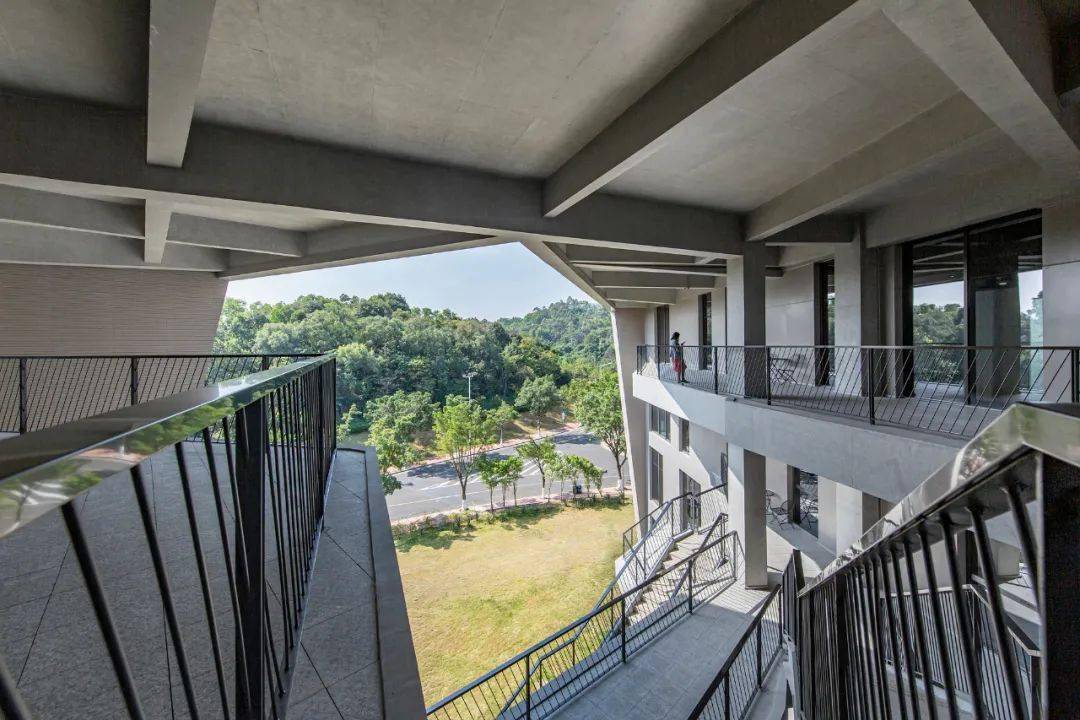
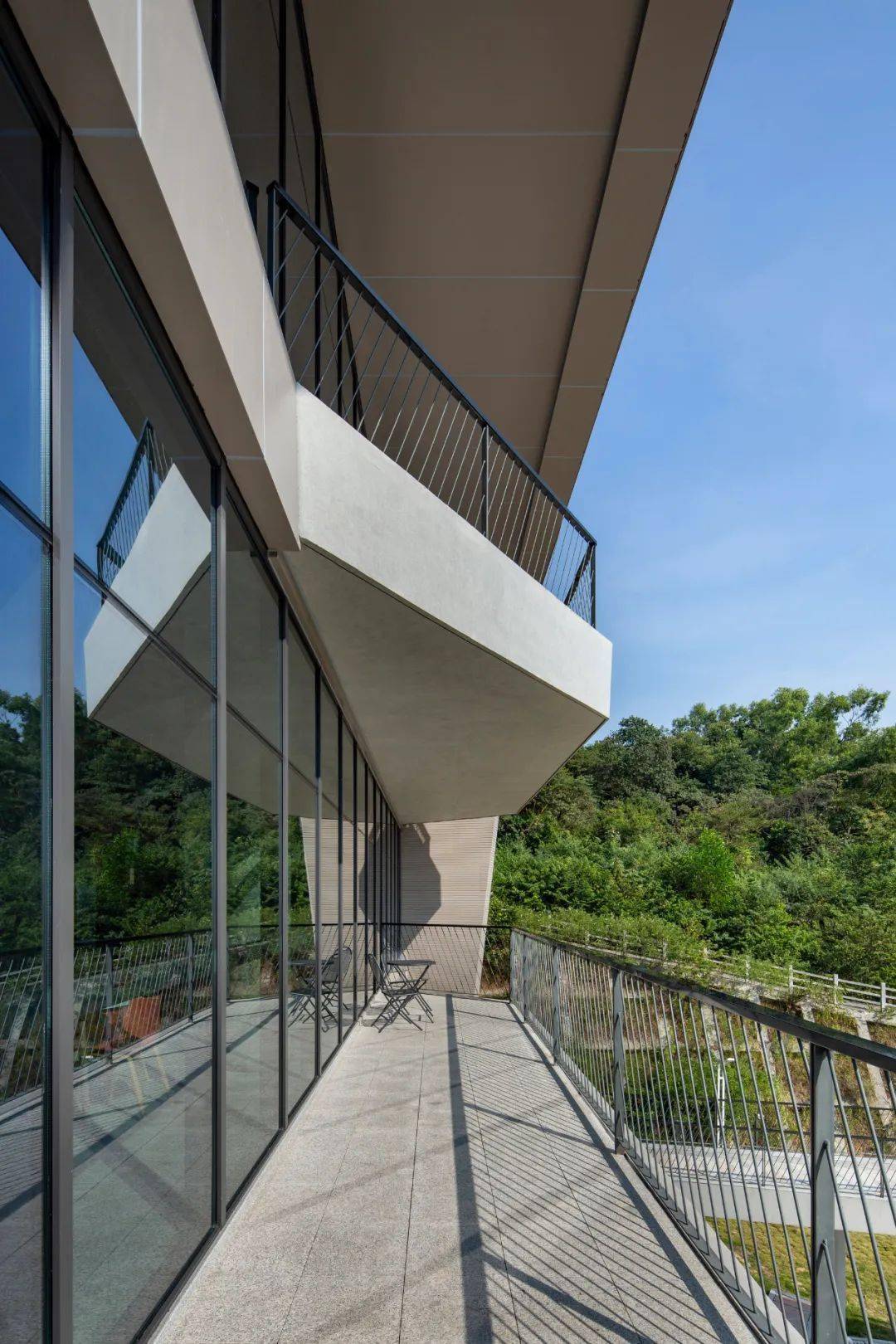
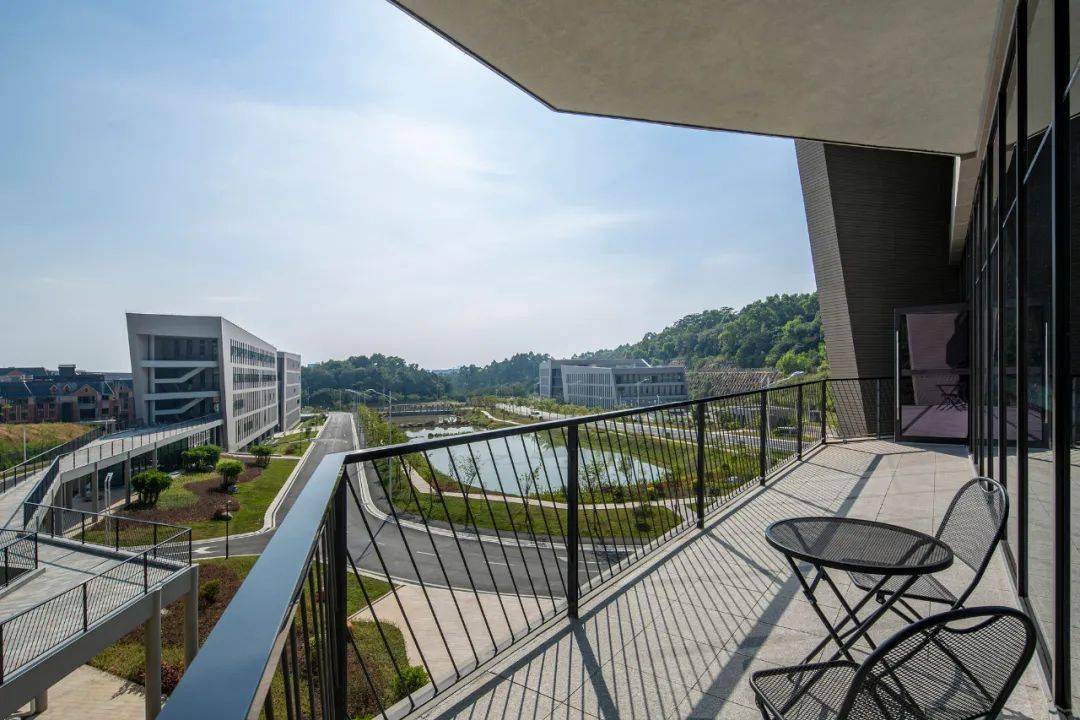
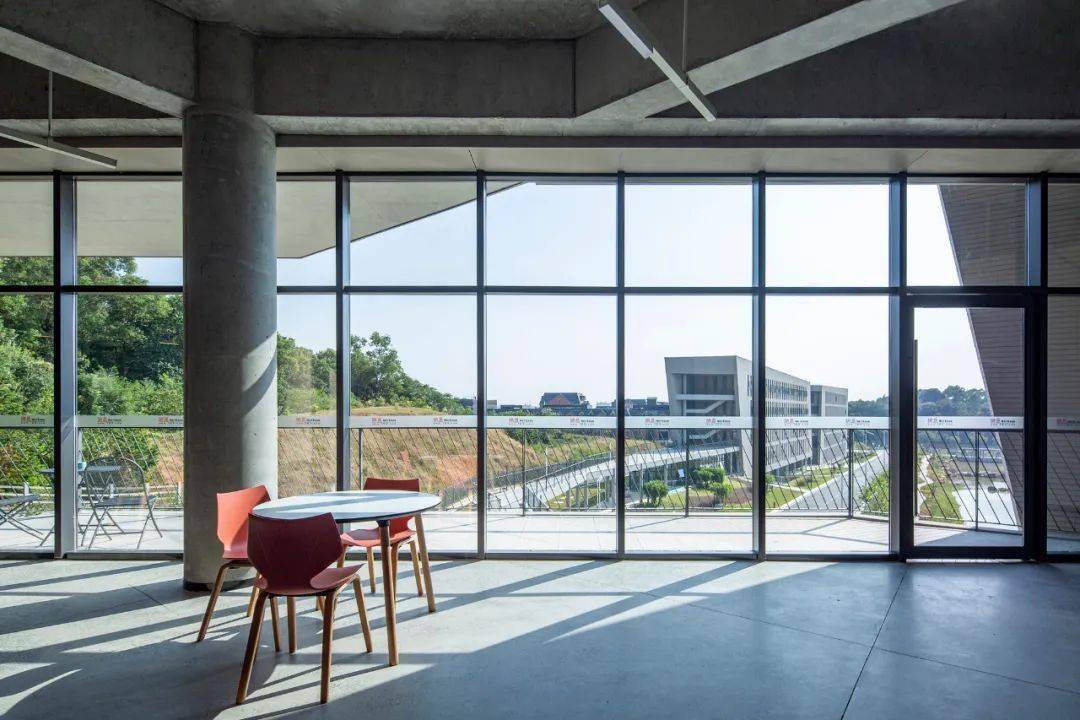
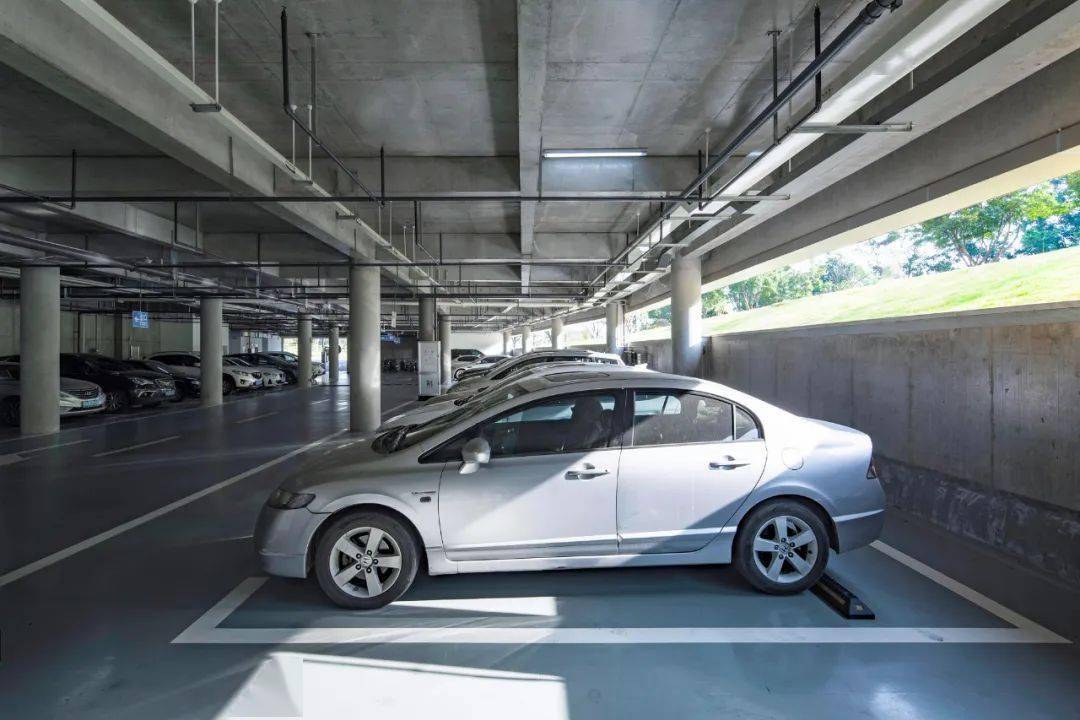
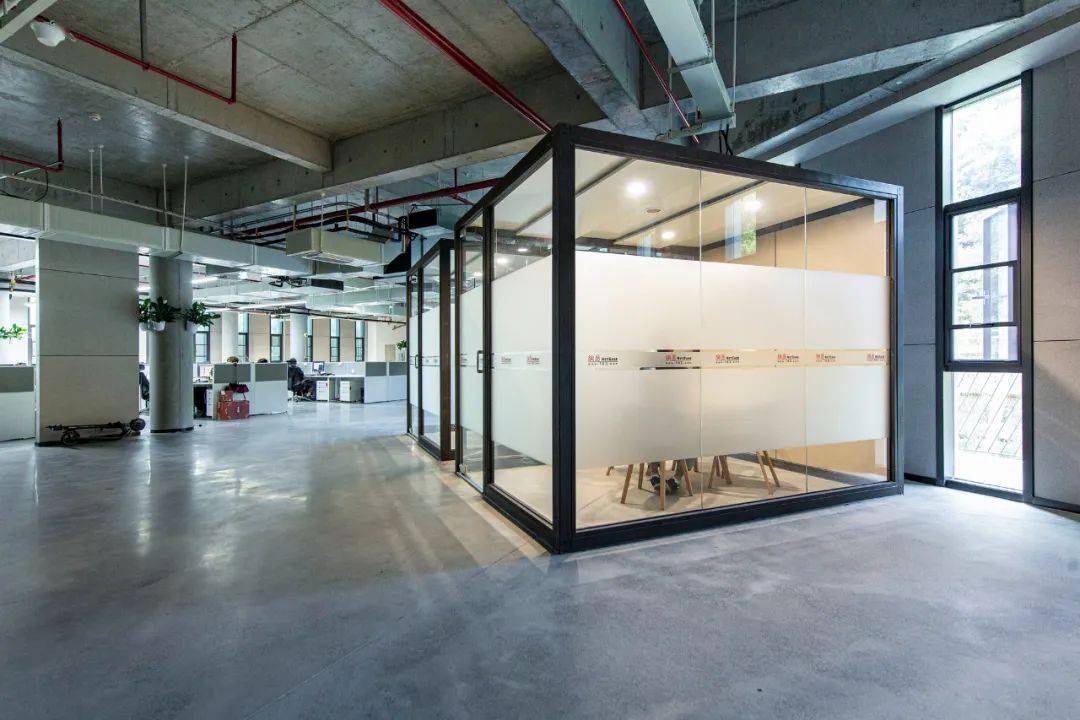
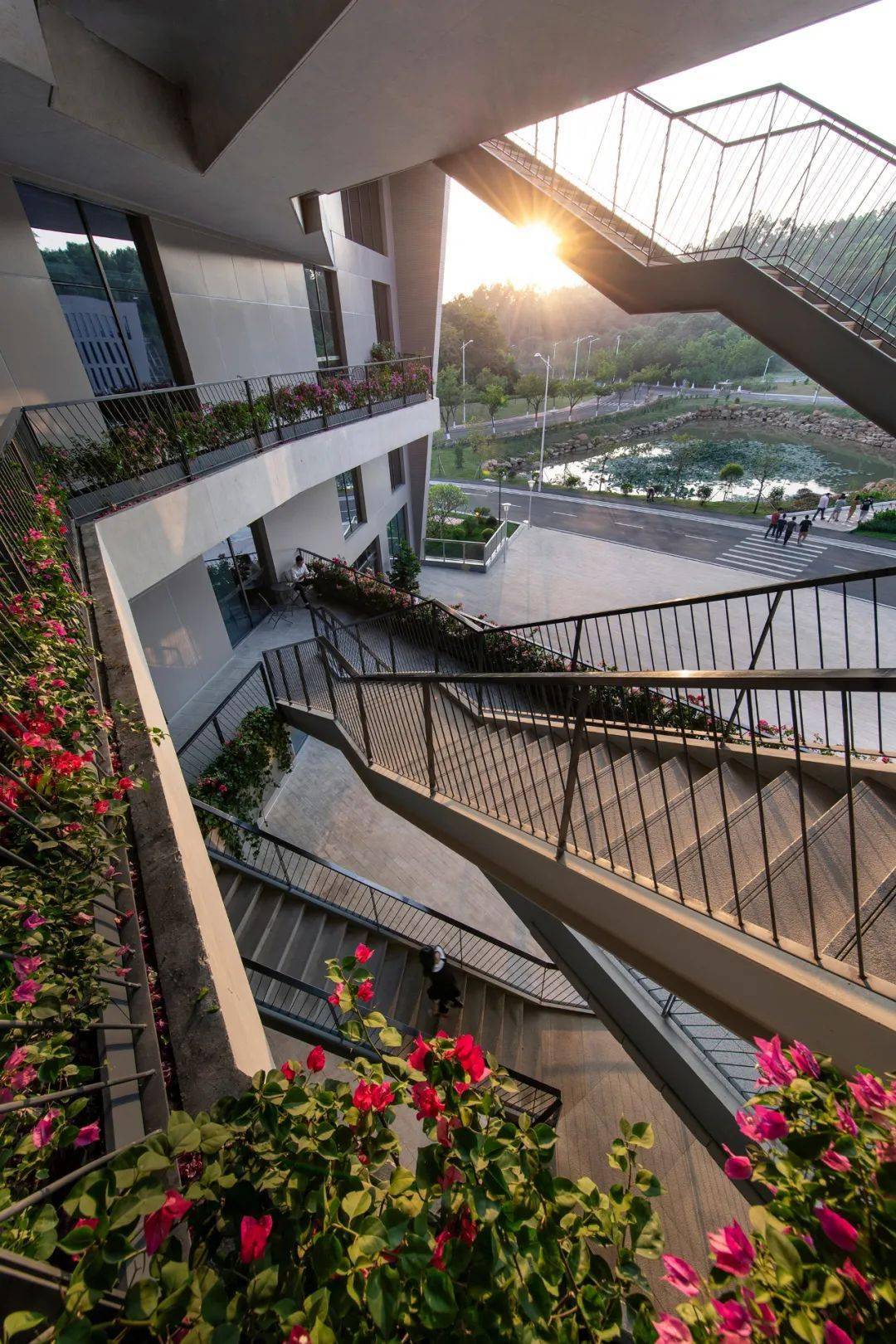
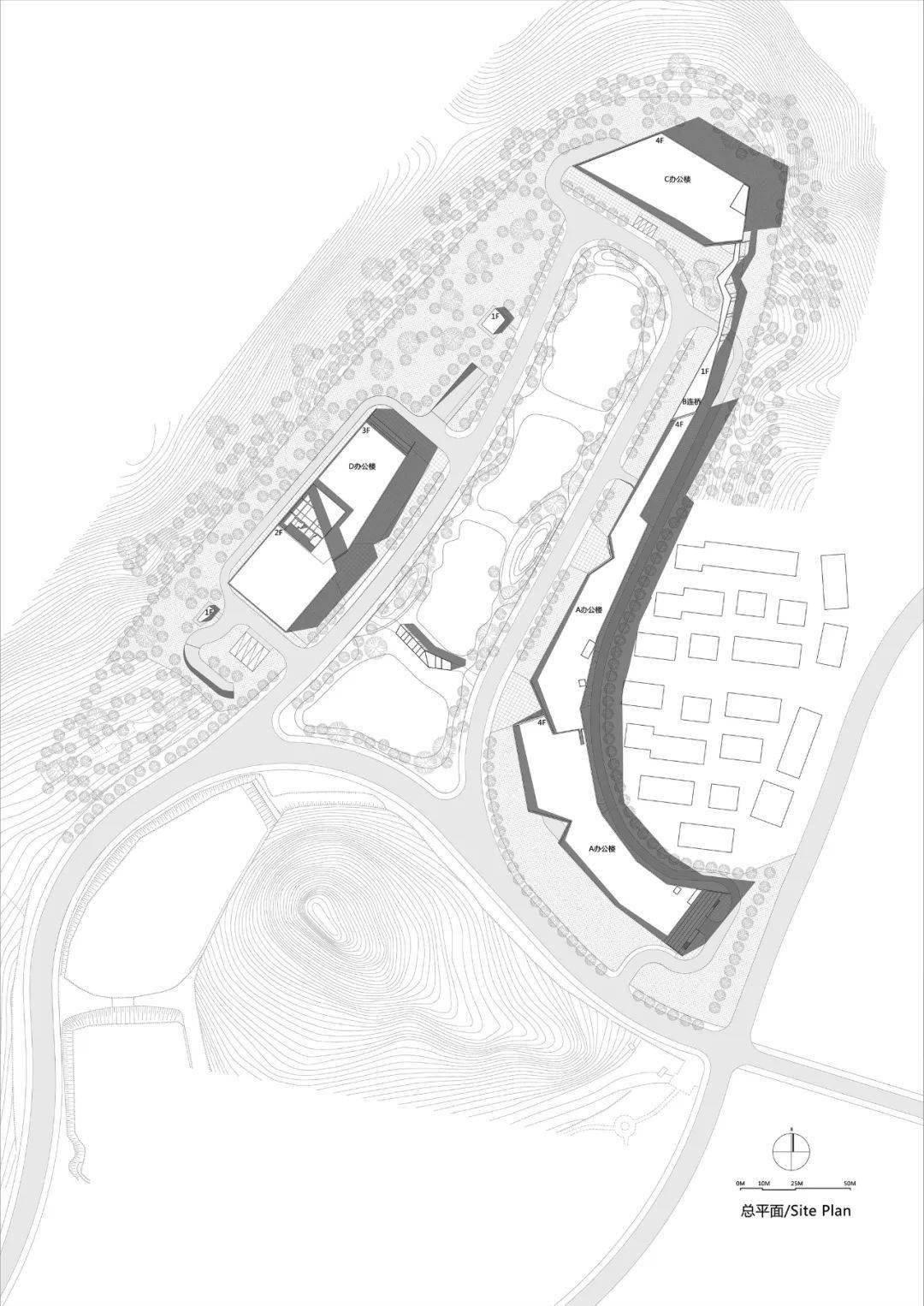
总平面图

A栋1F
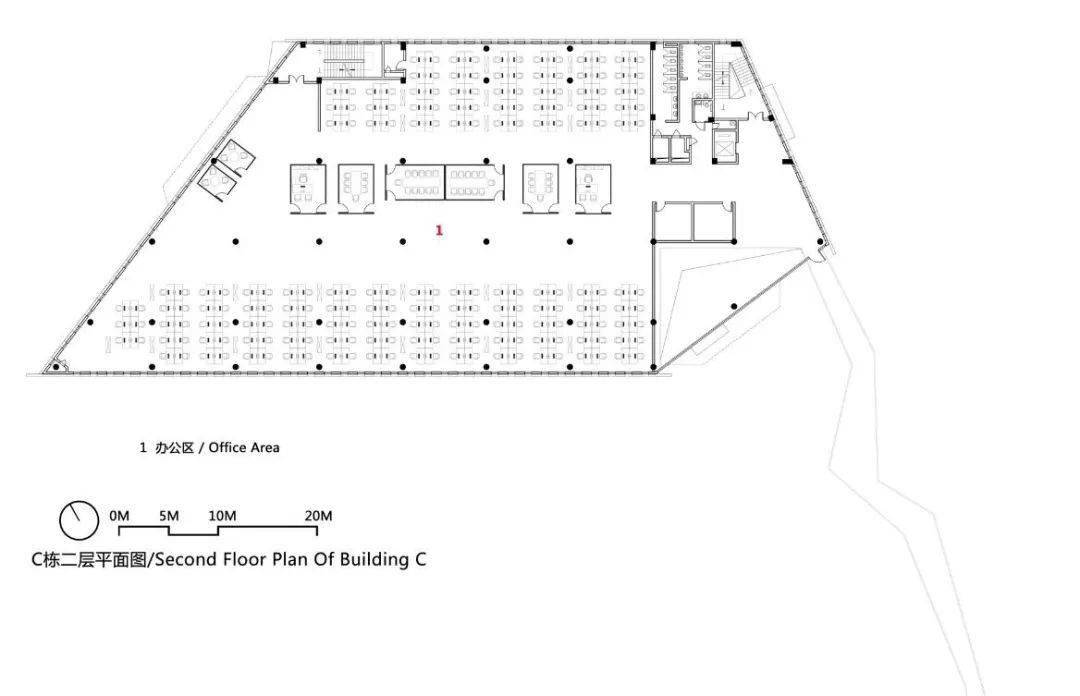
A栋2F
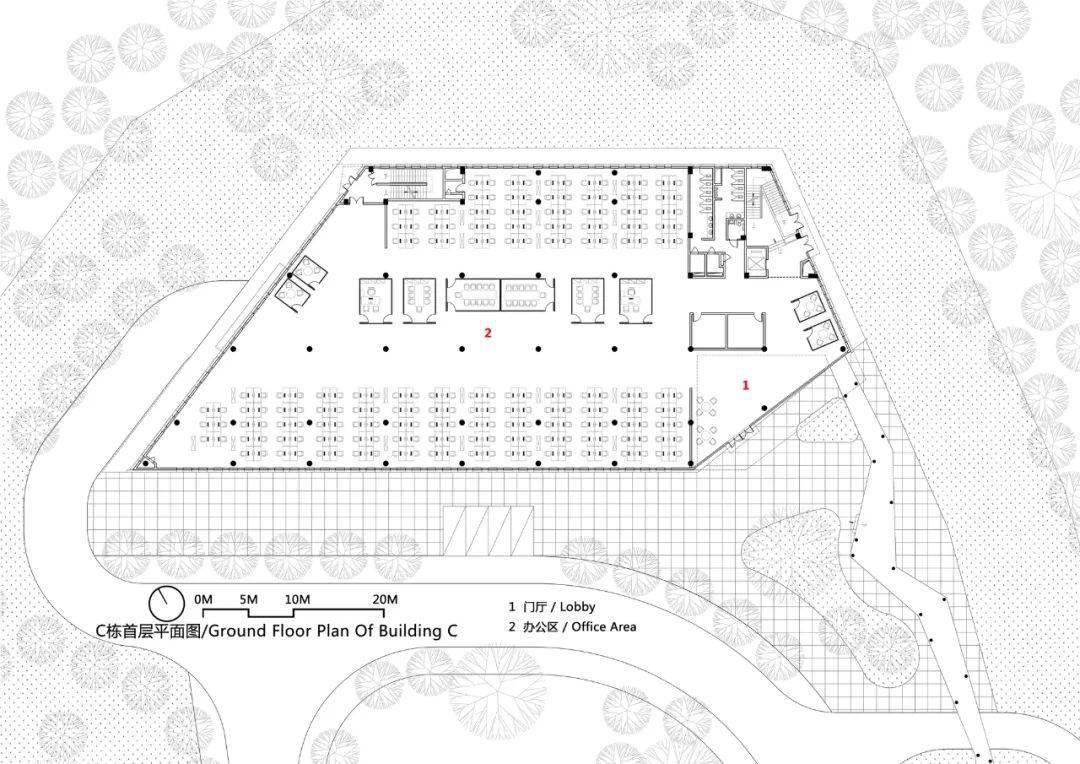
C栋1F

C栋2F
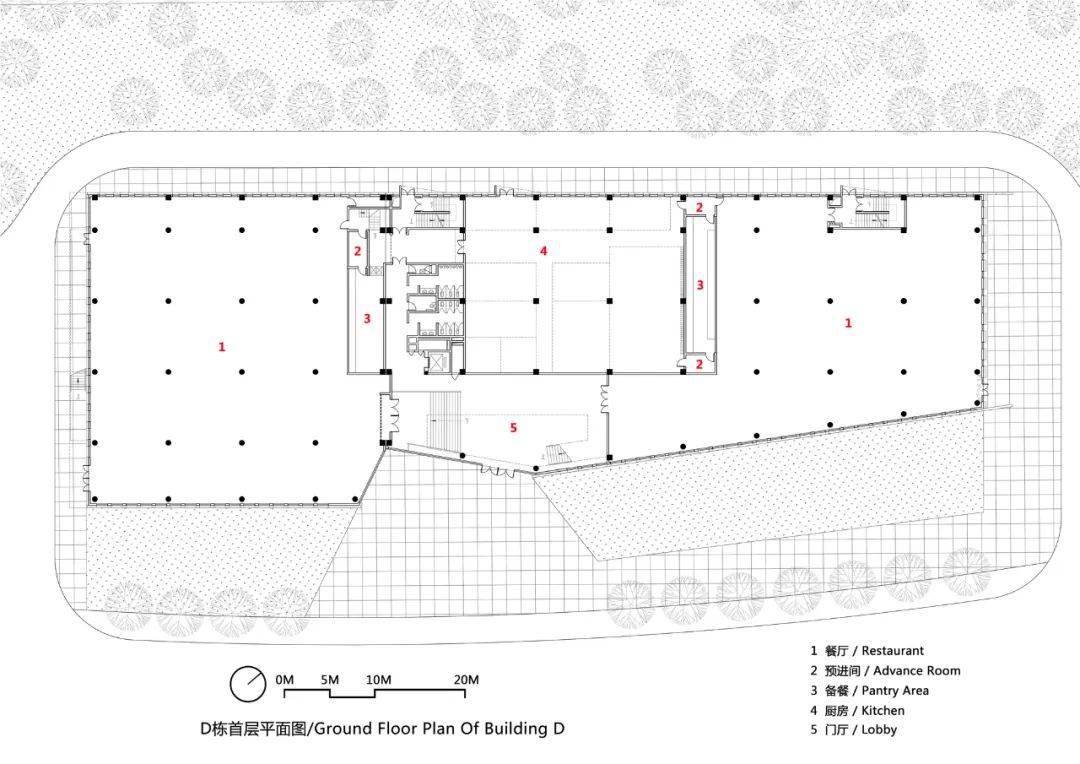
D栋1F
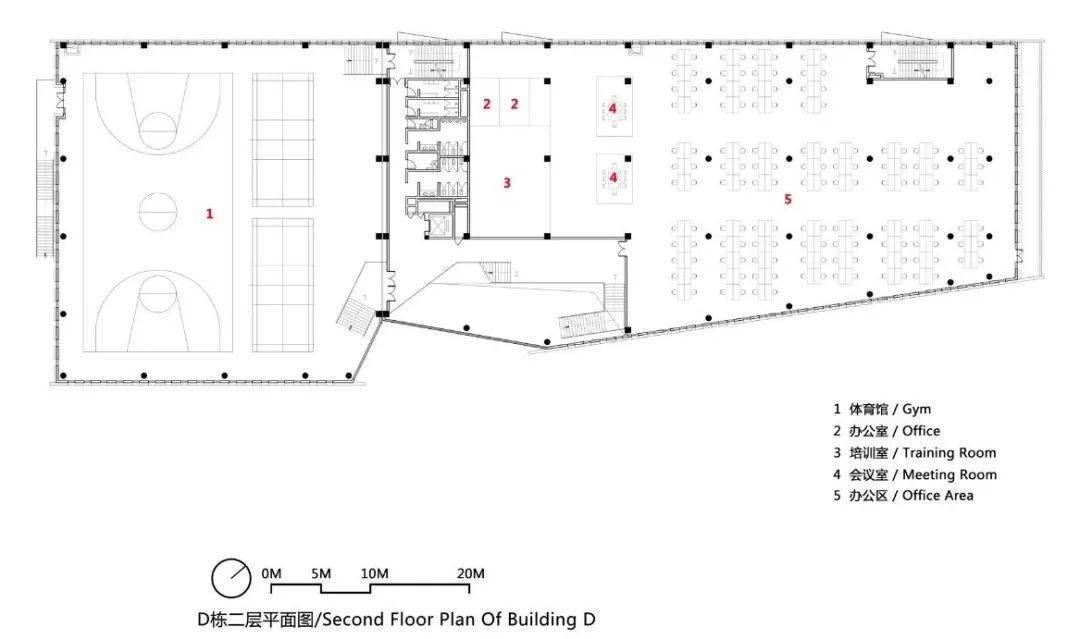
D栋2F

A栋立面图
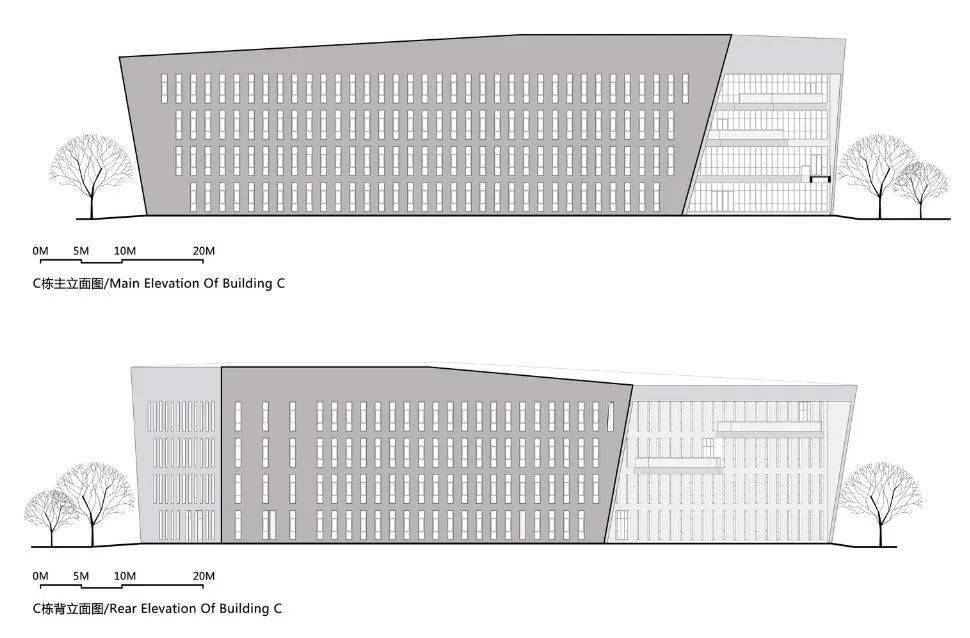
C栋立面图

D栋立面图

A栋剖面图


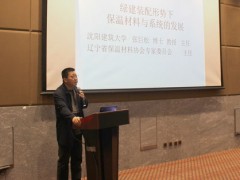









我要评论